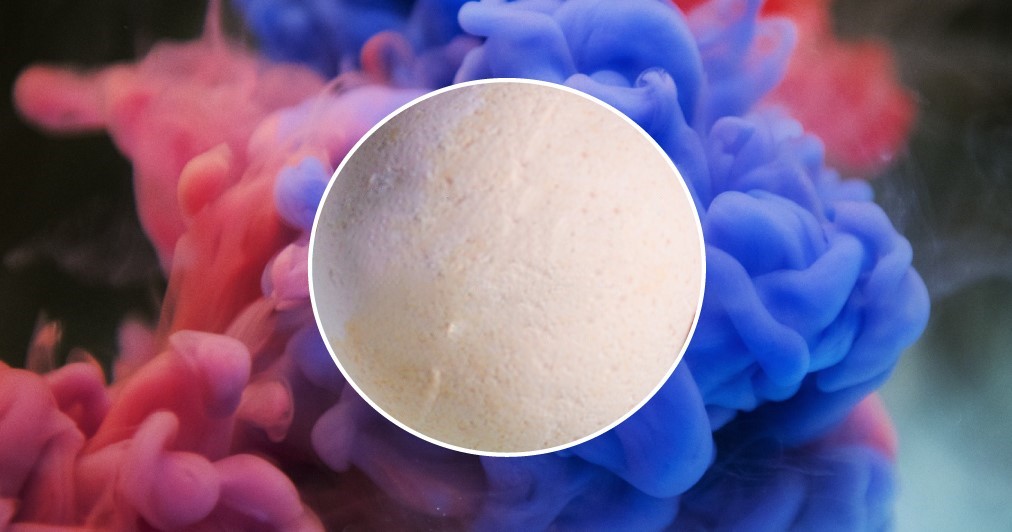
The Fleet Science Center building will be closed on Saturday, April 27, for our Annual Gala Fundraiser.

By Julie Medina, Fleet Science Center School Programs Manager
Have you ever tried a bath bomb before? They’re these amazing scented spheres of soap and other components that can make for a colorful and aromatic addition to a regular bath. Kids think they are wild fun to add to the bathtub. Some adults see them as a relaxing and luxurious way to pamper yourself after a long day. To us, the most fascinating aspect of a bath bomb is the science!
HOW DOES IT WORK?
The “bomb” aspect of a bath bomb is the fizziness. But what’s going on in those spheres that make them so fizzy? Two of the key ingredients to a bath bomb are citric acid and sodium bicarbonate. You might also know sodium bicarbonate by its more common name, baking soda. These two ingredients are what cause the impressive and delightful fizz when the bath bomb enters the water.
When sodium bicarbonate (NaHCO3) comes in contact with water, the sodium (Na) molecules break off from the bicarbonate (HCO3). At the same time, the citric acid is dissolving, with a single hydrogen ion (H+) separating from the rest of the molecule. When the released hydrogen ion from the citric acid encounters the bicarbonate from the baking soda another reaction happens! This time, carbon dioxide (CO2) gas is released as one of the end products. The carbon dioxide forms bubbles in the soap and bath water, and rushes to the surface with a delightful fizz.
Now here’s a question for you! We explained how a hydrogen ion (H+) reacts with bicarbonate (HCO3) to create carbon dioxide (CO2). Can you guess what the other product of that reaction would be? Hint: you’d already be sitting in a bathtub full of it.
Bath bombs are fun and easy to make, either at home or with us at the Fleet. Be sure to use your bath bombs relatively quickly! The citric acid and sodium bicarbonate will oxidize over time, causing them to become less reactive in the water. A suggested shelf life for bath bombs is around six months.
Oh! And the answer to the question above is H2O, also known as water.